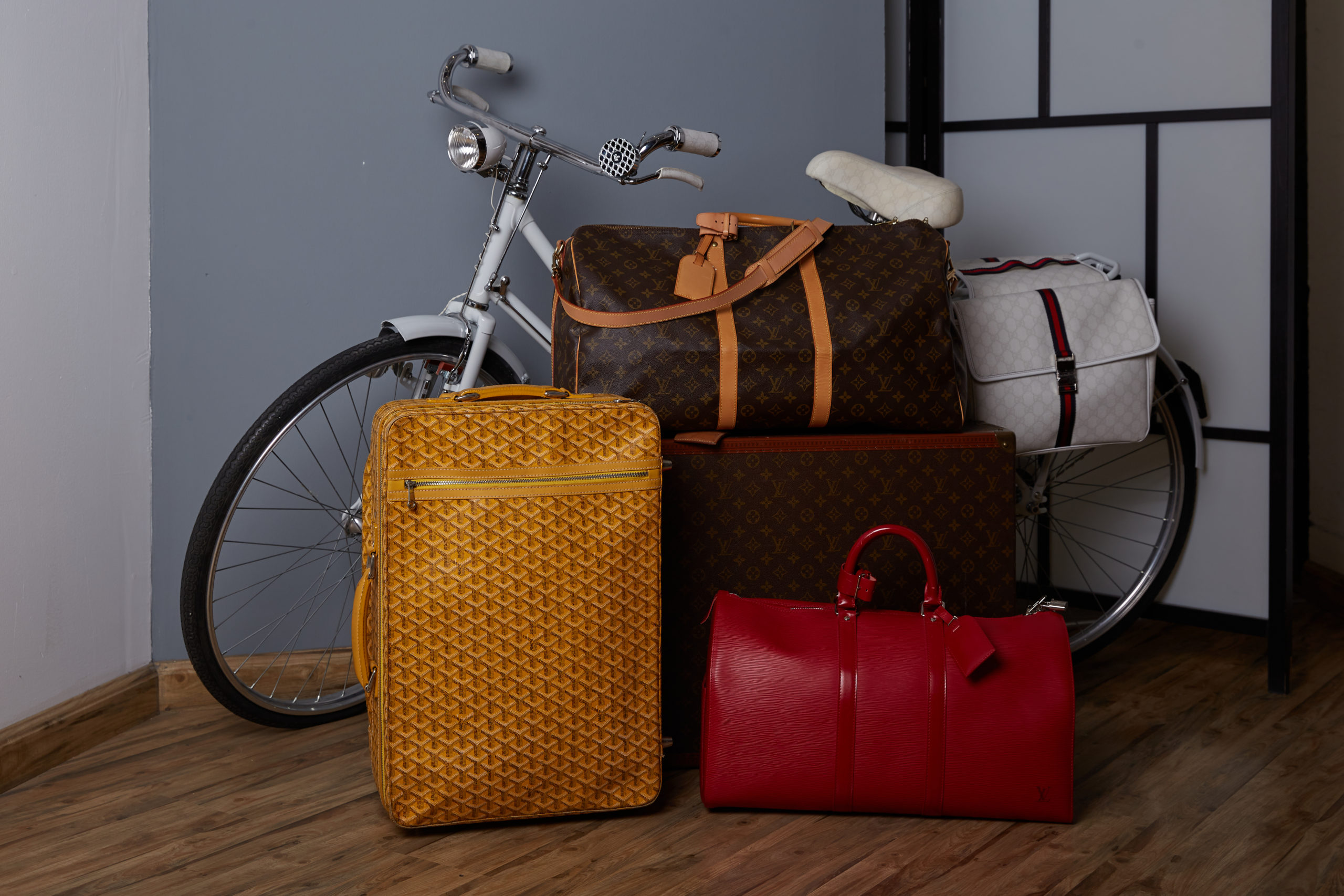Though the humble handbag has been with us since the 14th century, its status as a cultural symbol and a fashion staple didn’t come until the 1800s, when the Industrial Revolution made long-distance travel a realistic possibility for a larger population.
While the bigger luggage bags, like trunks and cases, were already in use, train travel meant that the passengers required a separate space to keep their tickets and travel documents—which led to the creation of the leather handbag as we know it today.
Independence
Originally made as part of larger luggage sets, they were often designed as miniatures of the larger trunks and cases, utilising buckles, straps, locks, and a good mix of leather and metal work.
Once these bags were in production, they became popular with doctors and other mobile professionals, as well as travellers. As times changed and women earned greater freedom and independence in the early 1900s, a bag to carry things like money and cosmetics around went from being a necessity to a fashion item. Enter—the designer handbag industry!
In 1922 the French saddlery company, Hermès, introduced their first handbag—Hermès now makes some of the most expensive and well-known handbags in the world, with waiting lists of up to 6 months for their most popular offerings. They are also credited with having made the most expensive handbag ever sold at auction—the Diamond Himalaya Birkin—which fetched over $400,000 USD in 2017.
Trends and Cultures of the Designer Handbag
Throughout the decades, the design of luxury bags for women has often followed the ebbs and flows of trends and other cultural phenomena, which has led to the creation of some pieces that still herald their reputation as iconic.
During the world wars, a shortage of metal and leather meant that designs in canvas and cotton came to the fore, and the size of the bags expanded as people started keeping things like gas masks in them. During the 50s and 60s, when western economies boomed, the decadence of the handbag grew with them, and while the sizes shrank once more, the materials they were made from and the style aesthetic that went into creating them became more complex.
The 60s witnessed designer bags inspired by things like pop art, and ecology, which increasingly tied the fashion industry as a whole. In no time, they became something of a class symbol. Women of status such as the Queen of England and Prime Minister Margaret Thatcher favoured the classic leather, oblong-shaped, clasp-closed luxury bags. Whereas models, actresses, and pop stars chose from a plethora of trends, styles, shapes, colours, and materials to suit their outfits, pockets, and political messages.
Handbags have been keeping our secrets for centuries. Their use as a social status symbol means, historically speaking, that they can tell a lot about their owners and make a great starting point for cultural comparisons and discussions.
So the next time you pick up a vintage gem, have a little thought about its journey—where it might have come from and who may have owned it before you.
Shop new and pre-owned designer bags from The Luxury Closet at the best prices.

